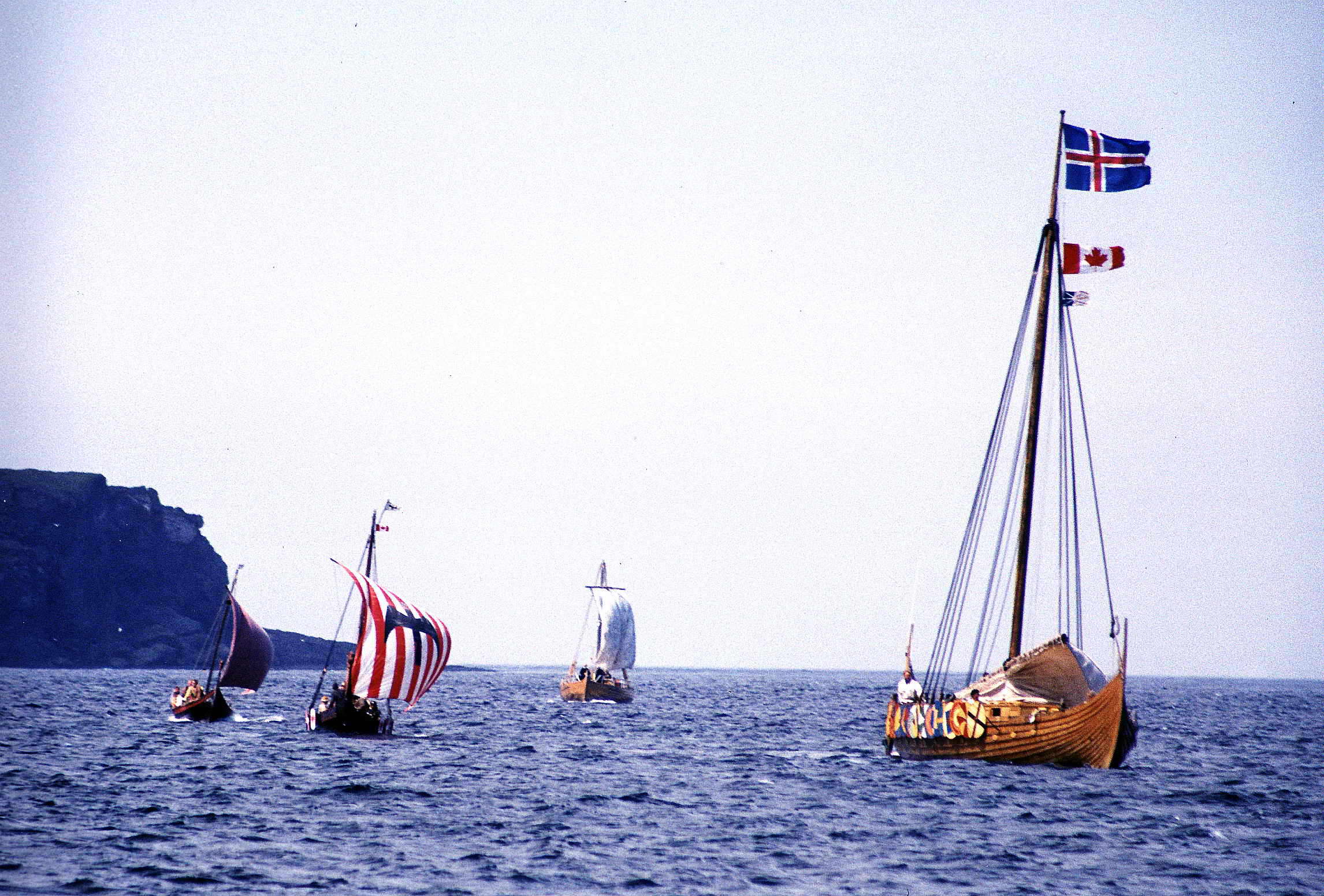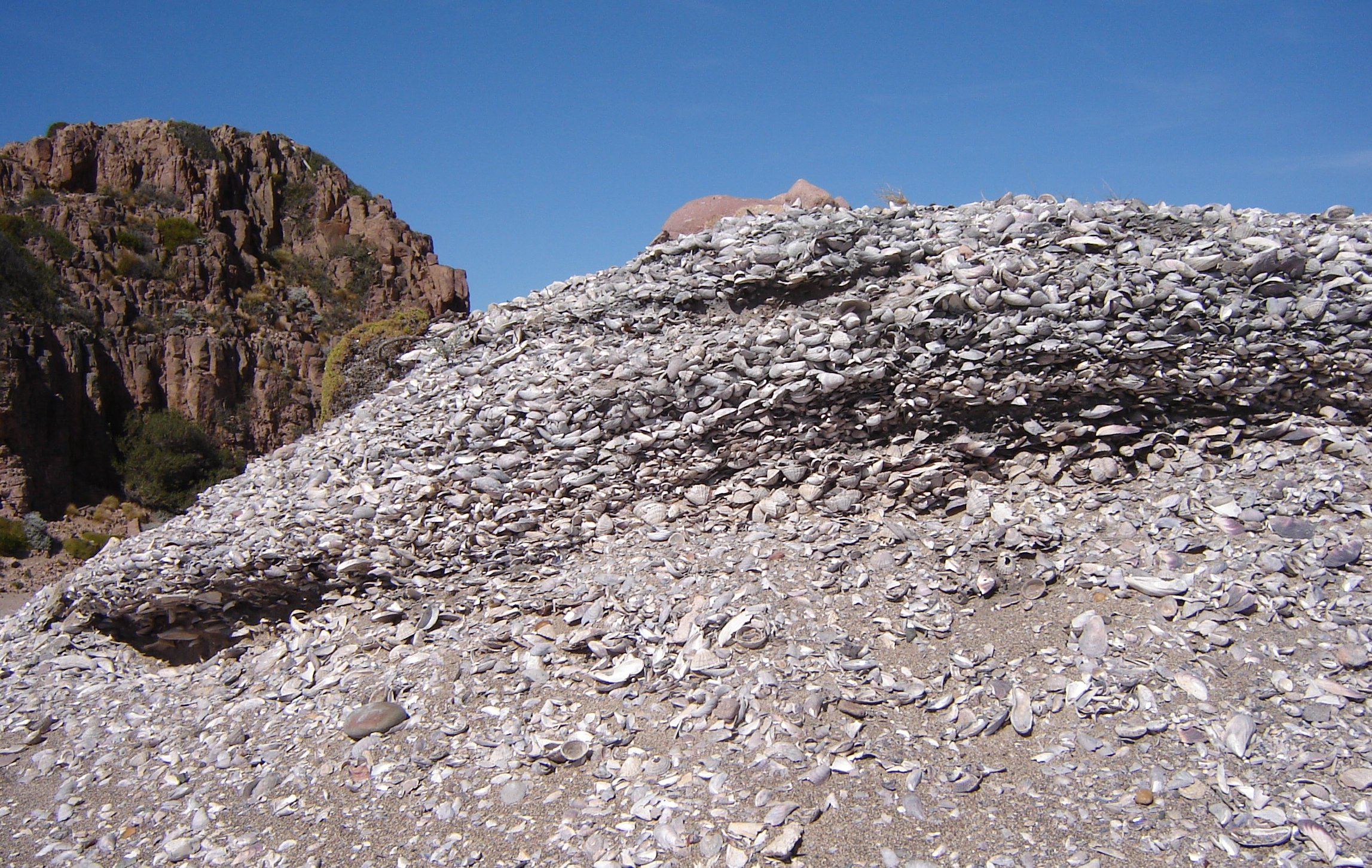|
Tunquén
250px, View of the Tunquén Beach and its lagoon from the north. Tunquén is a beach and locality on the coast of Valparaíso Region, Chile. The beach is known for its relatively intact nature lacking houses or other infrastructure. The area contains archaeological sites corresponding to pre-Hispanic tombs and shell middens A midden is an old dump for domestic waste. It may consist of animal bones, human excrement, botanical material, mollusc shells, potsherds, lithics (especially debitage), and other artifacts and ecofacts associated with past human occupat ... (). The archaeology of Tunquén has been investigated as holding possible evidence of pre-Hispanic Polynesian presence in Chile. References {{Coord, 33, 15, 0, S, 71, 36, 0, W, type:landmark_region:CL, display=title Beaches of Chile Landforms of Valparaíso Region Tourist attractions in Valparaíso Region Coasts of Valparaíso Region ... [...More Info...] [...Related Items...] OR: [Wikipedia] [Google] [Baidu] |
Pre-Columbian Transoceanic Contact Theories
Pre-Columbian transoceanic contact theories, many of which are speculative, propose that visits to the Americas, interactions with the Indigenous peoples of the Americas, or both, were made by people from elsewhere prior to Christopher Columbus's Columbus's first voyage, first voyage to the Caribbean in 1492. Studies between 2004 and 2009 suggest the possibility that the earliest human Settlement of the Americas, migrations to the Americas may have been made by boat from Beringia and travel down the Pacific coast, contemporary with and possibly predating land migrations over the Beringia, Beringia land bridge, which during the glacial period joined what today are Siberia and Alaska. Apart from Norse colonization of North America, Norse contact and settlement, whether transoceanic travel occurred during the historic period, resulting in pre-Columbian contact between the settled American peoples and voyagers from other continents, is vigorously debated. Only a few cases of pre-C ... [...More Info...] [...Related Items...] OR: [Wikipedia] [Google] [Baidu] |
Valparaíso Region
The Valparaíso Region (, ) is one of Chile's 16 Regions of Chile, first order administrative divisions.Valparaíso Region, 2006 With the country's second-highest population of 1,790,219 , and fourth-smallest area of , the region is Chile's second most densely populated after the Santiago Metropolitan Region to the southeast. The region also includes Chile's remote islands of the Pacific Ocean, including Rapa Nui and the Juan Fernandez Islands. Its capital is the port city of Valparaíso; other important cities include Viña del Mar, Quillota, San Felipe, Chile, San Felipe, Quilpué, Villa Alemana, and San Antonio, Chile, San Antonio. Administration As a region, Valparaíso is a first-level administrative division. Since 2021, the region is governed by the governor, who is elected by popular vote. The current governor is Rodrigo Mundaca (Broad Front (Chilean political coalition), Broad Front). Geography and natural features The region is on the same latitude as the Santiago ... [...More Info...] [...Related Items...] OR: [Wikipedia] [Google] [Baidu] |
Midden
A midden is an old dump for domestic waste. It may consist of animal bones, human excrement, botanical material, mollusc shells, potsherds, lithics (especially debitage), and other artifacts and ecofacts associated with past human occupation. These features provide a useful resource for archaeologists who wish to study the diets and habits of past societies. Middens with damp, anaerobic conditions can even preserve organic remains in deposits as the debris of daily life are tossed on the pile. Each individual toss will contribute a different mix of materials depending upon the activity associated with that particular toss. During the course of deposition sedimentary material is deposited as well. Different mechanisms, from wind and water to animal digs, create a matrix which can also be analysed to provide seasonal and climatic information. In some middens individual dumps of material can be discerned and analysed. Shells A shell midden or shell mound is an arc ... [...More Info...] [...Related Items...] OR: [Wikipedia] [Google] [Baidu] |
University Of Playa Ancha
Playa Ancha University of Educational Sciences (), mostly known as Playa Ancha University or UPLA, is a public university in Valparaíso, Chile. It is part of the Chilean Traditional Universities, belonging to the Council of Rectors, a select group of twenty-five chilean universities. The university has two campuses: the major one in Playa Ancha, Valparaíso, and the second one in San Felipe, Chile, San Felipe. History The university was founded in 1948 as the Pedagogical Institute of the University of Chile with the intention to enhance the study of languages. The Creation of the Pedagogical Institute (1948–1973) The Pedagogical Institute of Valparaíso was founded in 1948, as the initiative of Oscar Guzmán Escobar, a lawyer and professor at the then Valparaíso Law School of the University of Chile, with the intention of promoting the study of Spanish and some foreign languages. It was initially located on Calle Colón in Valparaíso, in the former campus of the current Sc ... [...More Info...] [...Related Items...] OR: [Wikipedia] [Google] [Baidu] |
Beaches Of Chile
A beach is a landform alongside a body of water which consists of loose particles. The particles composing a beach are typically made from Rock (geology), rock, such as sand, gravel, shingle beach, shingle, pebbles, etc., or biological sources, such as mollusc shells or coralline algae. Sediments settle in different densities and structures, depending on the local wave action and weather, creating different textures, colors and gradients or layers of material. Though some beaches form on inland freshwater locations such as lakes and rivers, most beaches are in coastal areas where wind wave, wave or Ocean current, current action deposition (geology), deposits and reworks sediments. Coastal erosion, Erosion and changing of beach geologies happens through natural processes, like wave action and Extreme weather, extreme weather events. Where wind conditions are correct, beaches can be backed by coastal dunes which offer protection and regeneration for the beach. However, th ... [...More Info...] [...Related Items...] OR: [Wikipedia] [Google] [Baidu] |
Landforms Of Valparaíso Region
A landform is a land feature on the solid surface of the Earth or other planetary body. They may be natural or may be anthropogenic (caused or influenced by human activity). Landforms together make up a given terrain, and their arrangement in the landscape is known as topography. Landforms include hills, mountains, canyons, and valleys, as well as shoreline features such as bays, peninsulas, and seas, including submerged features such as mid-ocean ridges, volcanoes, and the great oceanic basins. Physical characteristics Landforms are categorized by characteristic physical attributes such as elevation, slope, orientation, structure stratification, rock exposure, and soil type. Gross physical features or landforms include intuitive elements such as berms, cliffs, hills, mounds, peninsulas, ridges, rivers, valleys, volcanoes, and numerous other structural and size-scaled (e.g. ponds vs. lakes, hills vs. mountains) elements including various kinds of inland and oceanic waterbodi ... [...More Info...] [...Related Items...] OR: [Wikipedia] [Google] [Baidu] |
Tourist Attractions In Valparaíso Region
Tourism is travel for pleasure, and the commercial activity of providing and supporting such travel. UN Tourism defines tourism more generally, in terms which go "beyond the common perception of tourism as being limited to holiday activity only", as people "travelling to and staying in places outside their usual environment for not more than one consecutive year for leisure and not less than 24 hours, business and other purposes". Tourism can be domestic (within the traveller's own country) or international. International tourism has both incoming and outgoing implications on a country's balance of payments. Between the second half of 2008 and the end of 2009, tourism numbers declined due to a severe economic slowdown (see Great Recession) and the outbreak of the 2009 H1N1 influenza virus. These numbers, however, recovered until the COVID-19 pandemic put an abrupt end to the growth. The United Nations World Tourism Organization has estimated that global international tourist ... [...More Info...] [...Related Items...] OR: [Wikipedia] [Google] [Baidu] |





